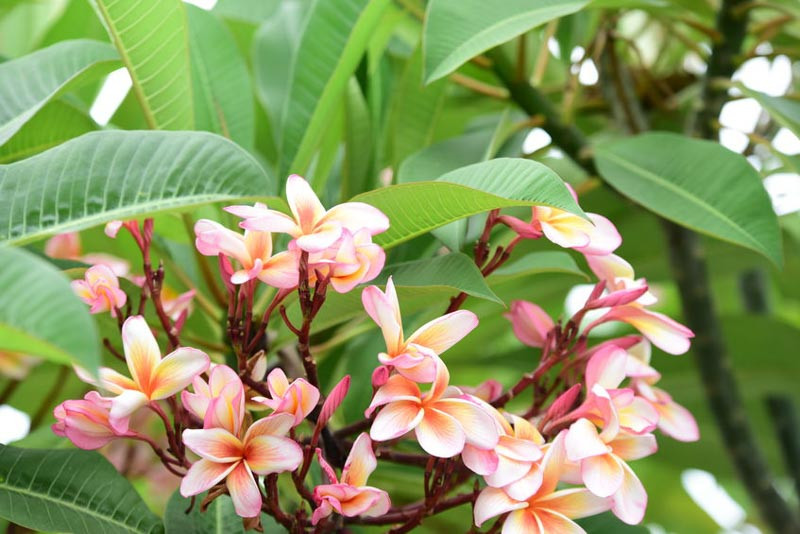Hardiness 13 - The Best Plants to Grow in Your Garden
Growing plants in USDA Hardiness Zone 13, where the average minimum temperature is above 60°F (15.6°C), gives you a wonderful opportunity to create a tropical paradise right in your backyard. Here are the best plants to consider:
- Palm Trees: A symbol of the tropics, palms like the Coconut Palm (Cocos nucifera) and King Palm (Archontophoenix cunninghamiana) thrive in this climate.
- Orchids: Orchids love the warm, humid conditions of Zone 13. Species like the Moth Orchid (Phalaenopsis spp.) or Cattleya Orchids are great options.
- Fruit Trees: Mango (Mangifera indica), Papaya (Carica papaya), and Banana (Musa spp.) not only offer lush greenery but also delicious fruits.
- Hibiscus: Known for their large, vibrant flowers, Hibiscus (Hibiscus rosa-sinensis) is an excellent choice for adding color to your garden.
- Bird of Paradise: The exotic flowers of the Bird of Paradise (Strelitzia reginae) make it a standout in any tropical garden.
- Crotons: For a foliage-focused plant, Crotons (Codiaeum variegatum) offer a variety of colors and leaf shapes.
- Bamboo: Clumping bamboo species are excellent for privacy screening or as a feature plant. They provide a tropical feel and grow fast in this zone.
- Heliconia: Known for their vibrant, unusual flowers, Heliconia spp. can add an exotic flair to your garden.
Remember, while these plants thrive in warmth, they’ll need protection from too much direct sunlight and require plenty of water, particularly during dry periods. Enjoy the opportunity to create a lush, vibrant garden that’s in bloom all year round.

